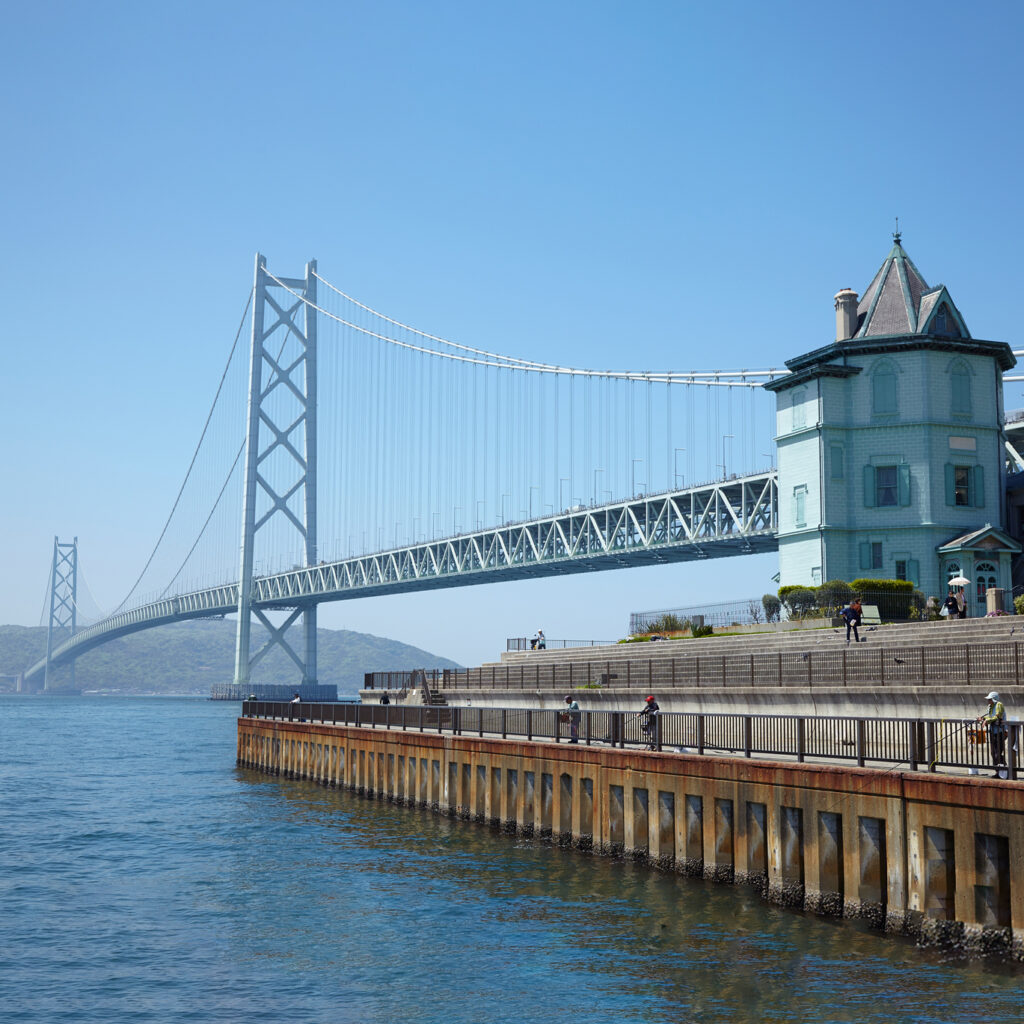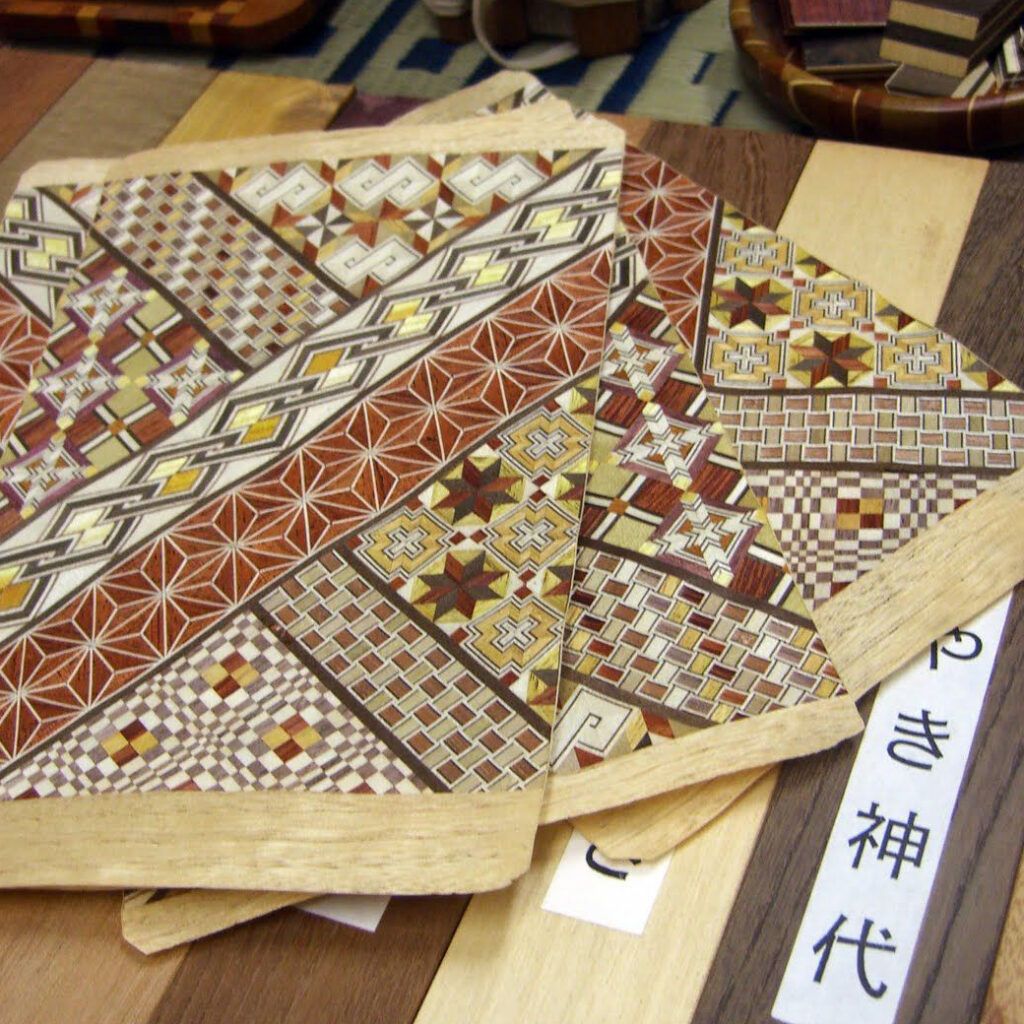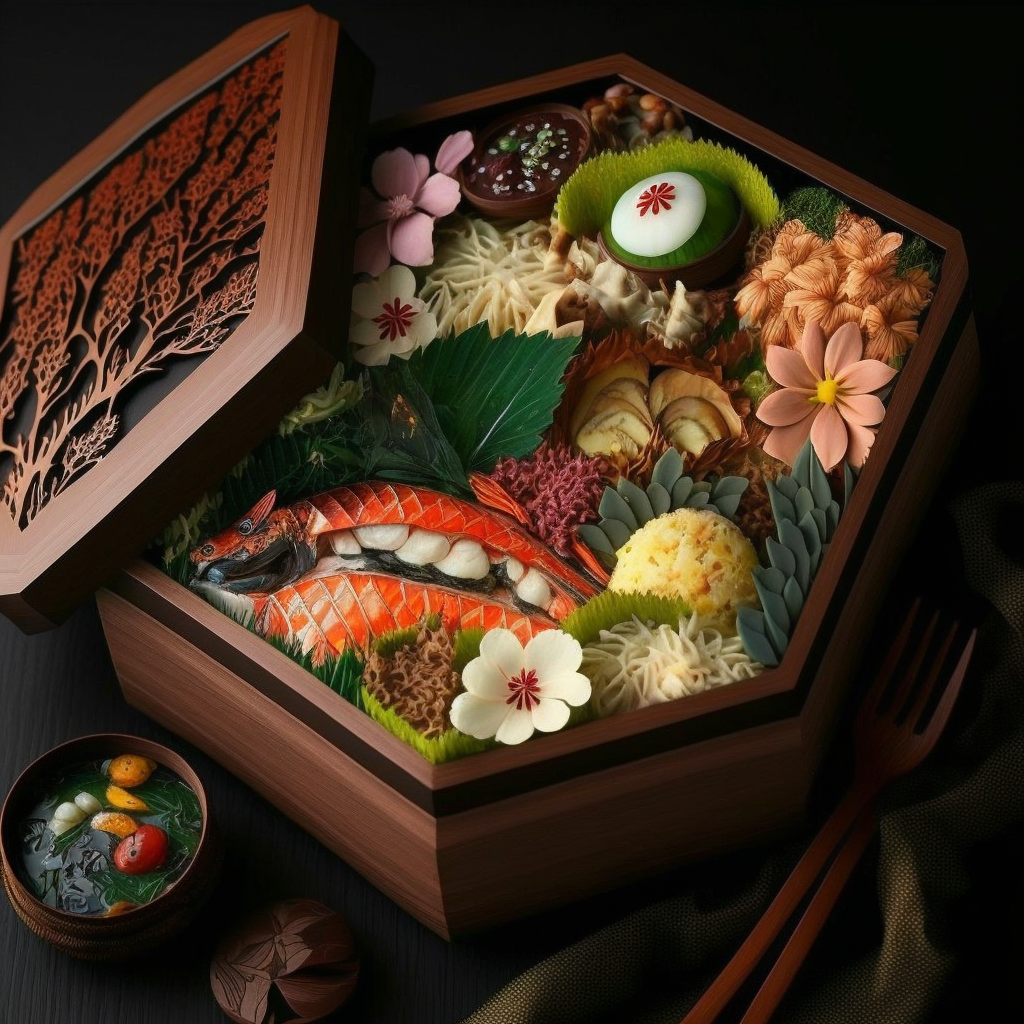Awaji Island is the largest island in the Seto Inland Sea, located in the southwestern part of Hyogo Prefecture, in the Kansai region of Japan. It is famous for its scenic landscapes, historical sites, delicious local cuisine and unique culture.
Geography and History
Awaji Island is about 61 kilometers long and 20 kilometers wide and has a total area of about 592 square kilometers. It is separated from the city of Kobe by the Akashi Strait. The island is composed of hills and mountains, with much of its coastline lined with sandy beaches.
The history of the island goes back several thousand years. It was once considered the cradle of Japanese civilization, with archaeological sites dating back to the Jomon (14,000-300 B.C.) and Yayoi (300 B.C.-300 A.D.) periods. Over the centuries, Awaji has become an important center of trade and cultural exchange between Japan and mainland China.
Tourist Attractions
Awaji is a popular tourist destination, known for its scenic landscapes, historical sites and delicious local cuisine. Some of the most popular attractions on the island include:
Setonaikai National Park: Located on the east coast of the island, this national park is famous for its spectacular views of the Seto Inland Sea. Visitors can enjoy hiking, camping and water sports.
Akashi-Kaikyo Bridge: The Akashi-Kaikyo Bridge connects Awaji to Kobe City on the main island of Honshu. With a total length of 3,911 meters, it is the longest suspension bridge in the world. Visitors can use the bridge to enjoy panoramic views of the Seto Inland Sea.
Awaji Ningyo Joruri Museum: This museum is dedicated to the traditional art of Japanese puppet theater, known as Ningyo Joruri. Visitors can see puppet shows and learn about the history of the art.
Ikuta Shrine: Located in Kobe City across the Akashi-Kaikyo Bridge, Ikuta Shrine is one of the oldest Shinto shrines in Japan. Visitors can admire the traditional Japanese architecture and attend religious ceremonies.
Sumoto Beach: Located on the northern coast of the island, Sumoto Beach is a popular destination for swimmers in summer. The sandy beach stretches for several kilometers and offers spectacular views of the surrounding mountains.
Local cuisine
Awaji is also known for its delicious local cuisine, which features fresh, quality produce from the region. Here are some of the island’s most popular dishes and ingredients:
Awaji beef: Considered one of the best cattle in Japan, Awaji beef is a tender and tasty meat raised on the island. Visitors can enjoy this specialty in local restaurants.
Fish and Seafood: With its geographical location, Awaji is also famous for its fresh and tasty seafood. Visitors can enjoy fish dishes such as salmon, tuna and mackerel, as well as seafood such as oysters, shrimp and clams.
Awaji Onion: The Awaji onion is a specialty of the island, grown locally and used in many local dishes. It is also exported to other parts of Japan.
focus on Awaji incense
Awaji Island is also known for its production of high quality incense, which has been made in the traditional way for centuries. Awaji incense is considered one of the best incenses in Japan and is highly regarded by connoisseurs.
The process of making Awaji incense is meticulous and requires great attention to detail. The key ingredients are aloe wood, spices, herbs and essential oils, which are carefully selected for their quality and purity. The ingredients are then blended in specific proportions to create a unique formula that can be used to produce different types of incense.
The mixture of ingredients is then ground into a fine paste, which is then rolled into incense sticks. The sticks are dried in the sun for several days and then stored under controlled conditions to ensure freshness and quality.
Awaji incense is famous for its refined and subtle aroma, which is considered sweeter and more delicate than many other types of incense. It is often used for meditation, prayer and relaxation, as well as to purify the air and create a pleasant atmosphere in homes and temples.



